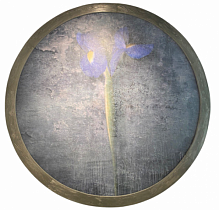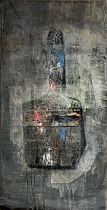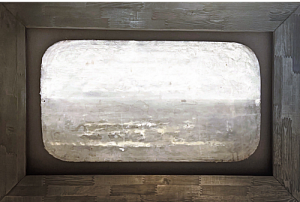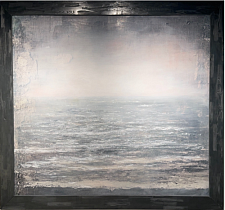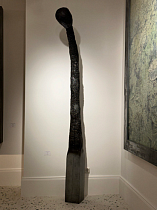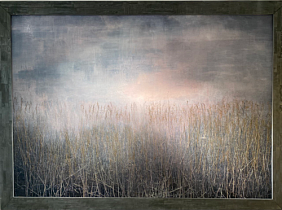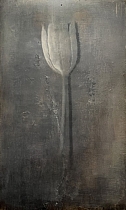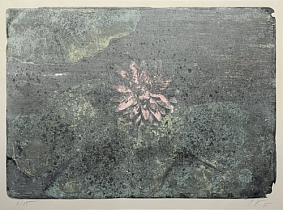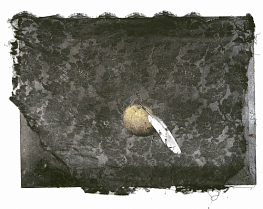Yuri Kuper
Yuri Kuper (Moscow, 1940) is a multidisciplinary artist who works in mixed media, using not only canvas as a painting surface, but also metal, wood, as well as a variety of utilitarian objects – including tools, storage containers, furniture and even books.
He studied in the workshop of V.Ya. Tarasova. At the age of 27 (1967), he was already a member of the Union of Artists of the USSR. In 1972, he emigrated from the Soviet Union, lived in Israel, France, the USA and Japan. In the 2000s, he returned to Russia, receiving the title of the most successful and recognizable Russian artist in the West. Yuri Cooper has more than 50 solo exhibitions in the largest museums in the world.
His works are in the collections of cultural institutions in Russia, the USA, France - including the State Tretyakov Gallery, the Pushkin State Museum of Fine Arts, the Museum of Modern Art (New York, USA), the Metropolitan Museum of Art (New York, USA), the National Foundation for Contemporary Art (Paris, France), the National Gallery (Oslo, Norway), the Library of Congress, the Sainsbury Center for Fine Arts (Great Britain, London), the collections of the French Ministry of Culture, as well as in private collections in many countries of the world.
The hallmark of Yuri Cooper is subject painting, the main object of which is the most simple, extraordinary object that is not aesthetically attractive. Brushes, paint cans, worn chairs and fading flowers - the objects that fill everyday life become incredibly significant and seem to gain a secret meaning. Cooper's creative philosophy originates in the Italian movement Arte Povera (it. "poor art"), which arose in 1967. The artists who belonged to this movement sought to abandon the usual principles of aesthetics and turn ordinary objects and materials surrounding modern man into art. The unaesthetic art of simple things attracted a large number of followers and fans, because it taught them to focus on the current everyday life and find their own, new and unique aesthetics in it.


